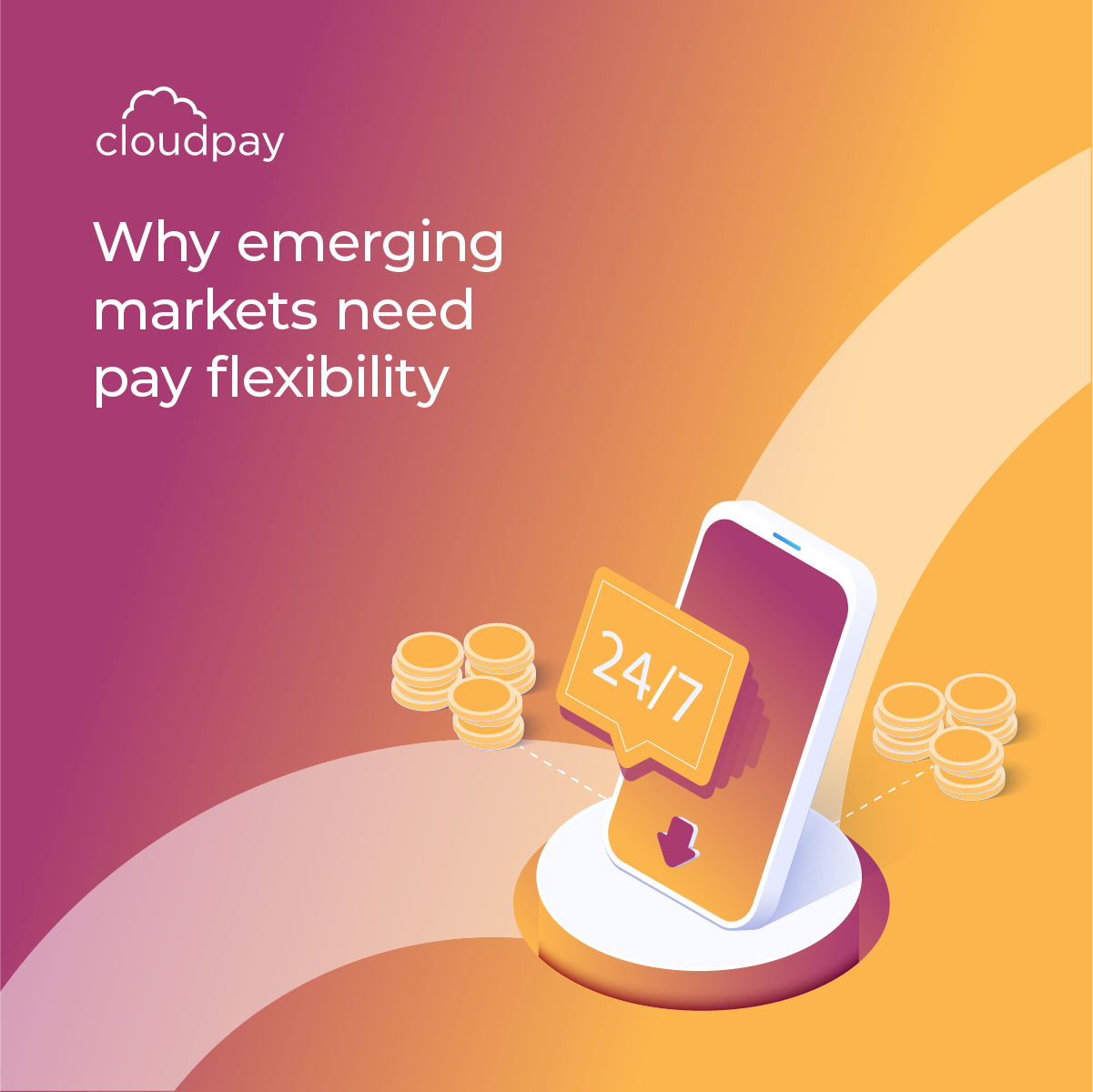On-demand pay (also known as Earned Wage Access) is a payroll solution that is fast gaining traction in the business world. It works by allowing employees to independently view the wages they have accrued day-by-day, and withdraw however much they need to their own bank account any time they need it.
It’s a revolution in giving employees control and flexibility in how they’re paid, to the point that it’s starting to make a difference to employers’ success in attracting and retaining the best talent. But just how big a difference is it making? And how aware are business leaders of its potential?
To find out, CloudPay and Industry Dive have collaborated to survey senior leaders and employees and discover the extent of their knowledge and interest in on-demand pay. Over three weeks in October 2022, we polled 150 HR and senior finance executives, over 1000 employees, and nearly 170 CEOs and other key leaders from across the United States. This blog summarizes the most compelling findings from the full report.
The current working environment
There are many reasons why on-demand pay is emerging as a more widespread solution for businesses, many of which don’t directly relate to the world of work. We increasingly live in a culture of instant gratification, where people expect to get the things they want immediately, and through digital means if possible: the shift to a more digitized society during the pandemic has only served to accelerate this.
At the same time, the cost of living crisis in many Western countries is placing new pressures on personal finances, meaning employees need easy access to funds that won’t lead to a spiral of debt. This explains why 70% of Human Resources and Finance executives who responded to our survey cited employees wanting to be paid early as one of their biggest payroll challenges.
How on-demand pay can help your quest for top talent
Despite the global financial outlook, most major economies are currently low-unemployment environments, where there are more positions open than there are people to fill them. This means businesses have to work harder to recruit successfully, so it’s no surprise they’re turning to on-demand pay as part of their strategies. Our survey found that 55% of executives say they can leverage on-demand pay as a benefit that can attract talented staff.
On-demand pay can sit at the heart of a company’s progressive culture, giving a boost to employee retention. At a time when employees expect their employers to give them better experiences, better benefits, and develop more inclusive workforces, it can be seen as a way of demonstrating that employers care about their staff’s wellbeing. This is especially the case given the role it can play in alleviating financial pressures employees may encounter: our survey found that 60% of employees feel that finding money in the event of an emergency is an ongoing problem for them. On-demand pay easily solves that problem.
Why on-demand pay is beneficial for all
You may think that on-demand pay will principally be of use to younger employees, the low-waged, and those in the gig economy. But our survey uncovered the general feeling that it can benefit everyone:
-
Workers of all ages: while younger employees seem to want the benefit of on-demand pay the most, 40% of respondents aged between 38 and 53 said they would be interested in it too.
-
Contract workers: 25% of contract workers surveyed said they would take advantage of an on-demand pay service every few months, but our research also found that better explanations of how it works would likely boost uptake.
-
Salaried and hourly workers: the finance executives surveyed felt that both salaried and hourly employees would feel the benefits of on-demand pay; fewer than 5% said it wouldn’t benefit any workers at all.
-
Regular service users: a third of finance and HR executives believe that employees would use an on-demand pay service every month.
Busting common myths around on-demand pay
Some HR and finance executives remain hesitant to adopt on-demand pay, mainly due to some preconceptions about how it would work. However, their three biggest concerns can be resolved with the right solution deployment:
-
Fear that employees would take pay early and walk away from the job: employers can retain full control of the amount of earnings made available on demand, and employees can also set their own limits so that the system can’t be abused.
-
Concerns about payroll-related cashflow: as payroll is still calculated and adjusted in the normal way, moving to on-demand pay is non-disruptive and should place no extra burden on having payroll funds available at the right time.
-
Belief that on-demand pay is too expensive to implement: on-demand pay is relatively cheap for employers to run compared to other employee benefits and incentives that deliver less perceived value. When considered in the context of an investment in employee well-being and the employee experience, it represents a sound move.
In summary
It’s clear that on-demand pay’s potential is substantial, both for employees who need financial flexibility, and employers who want to deliver better experiences. Implemented with the right solution and support in place, it can be a win-win for both parties, make a business more attractive to talented candidates, and encourage the existing workforce to stick with their employer in the long term.
CloudPay is a global leader in providing global on-demand pay solutions to businesses just like yours. Explore our innovative Earned Wage Access technology here, and learn more about how on-demand pay helps attract and retain employees by reading the full report.


